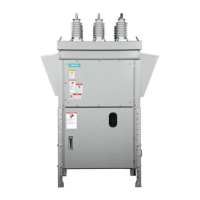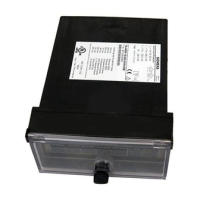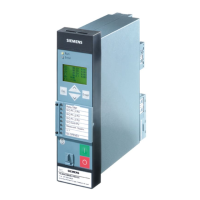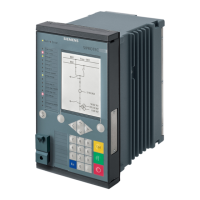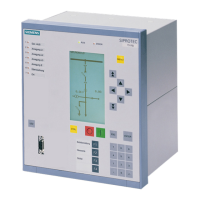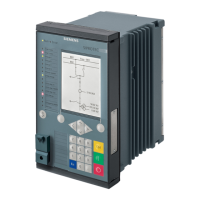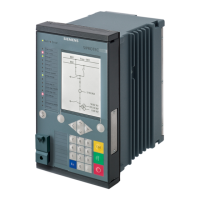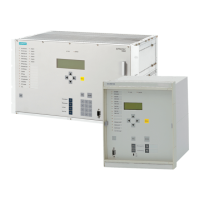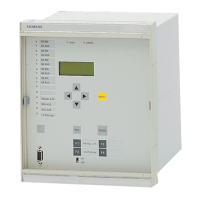50
Notes on installation and use
Fault locations in section 3 (downstream of the FC)
AC residual currents which deviate from the line frequency and the sinusoidal wa-
veform occur between the outgoing terminal of the frequency converter and the
motor. These currents represent a frequency spectrum with different frequency
components (see gure 21). Smooth DC residual currents can also occur, depen-
ding on the operating mode of the frequency converter (e.g. as a DC brake or a
DC pre-heater)
Figure 21: Residual current waveform at fault location 3
According to the product standard, Type AC, A and F RCCBs are only designed
to detect residual currents at 50/60 Hz. The tripping value is therefore increased
in an undened way for higher frequency components of the residual current.
The intended protective effect is usually lost as a result. Tripping conditions for
frequencies up to 2 kHz are dened for Type B RCCBs.
Frequency components in the residual current of a frequency converter
The frequency components in the residual current must be taken into account in
addition to the tripping characteristics of the RCCB in order to assess the protective
effect of this RCCB in conjunction with a frequency converter. The following criti-
cal frequency components occur at fault location 3:
• Clock frequency of the frequency converter (a few kHz)
• Motor frequency (normally 0 to 50 Hz, maximum frequency 1 kHz)
• 3rd harmonic of 50 Hz (150 Hz if the frequency converter has a three-phase
connection)

